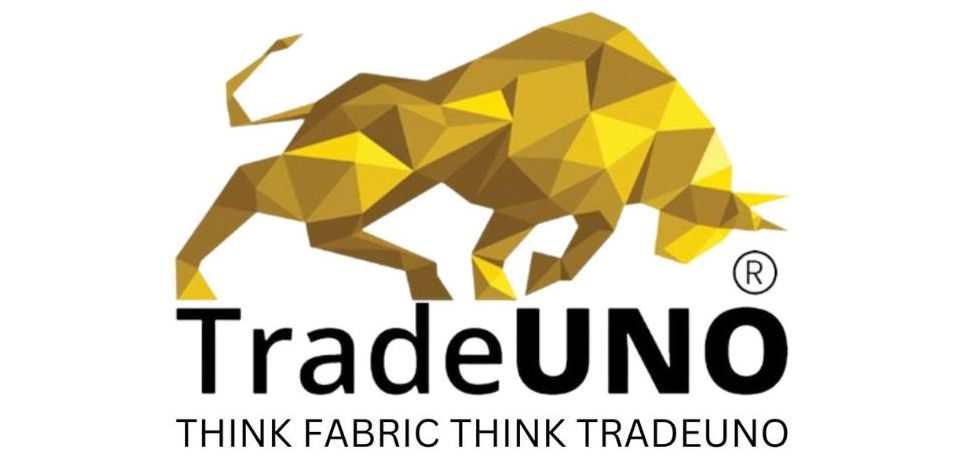Have you ever been curious about combed fabric and what sets it apart? Well we've got you covered. In this article, we'll take a deep dive into combed fabric, learning about its features, various types, how it's used, and the latest trends.
What is Combed Fabric?
Combed fabric, combed meaning a high-quality fabric material known for its smooth and refined finish, stands out because of the careful process it goes through during production. Let's get to know combed fabric better and understand what sets it apart from other fabrics
Combed cotton is a type of cotton fabric that has undergone a specific manufacturing process to enhance its quality and characteristics. During the combing process, the cotton fibers are meticulously combed to remove any short or uneven fibers, resulting in a smoother and more refined yarn. This yarn is then used to create fabrics that are softer, stronger, and have a finer texture compared to regular cotton.
Read more: Difference Between Cotton and Cotton Blend
How Combed Fabric is Made?
Combed fabric is a special type of textile that goes through an extra step called "combing" after the fibers are initially spun. This process involves combing the fibers to remove any impurities, short fibers, or uneven parts. This makes the fabric feels smoother, stronger, and more consistent in texture.
Highlighting Features Of Combed Fabric
Combed fabric comes with some amazing features that make it a top choice for various uses. Here are a few:
Softness: Combed fabric feels incredibly soft to the touch, making it comfortable to wear for long periods.
Durability: By removing weaker fibers during the combing process, combed fabric becomes more durable and less likely to pill or tear.
Smoothness: The combing process smooths out the fibers, creating a luxurious and even surface.
Less Friction: With fewer short fibers, combed fabric causes less friction and irritation against the skin.
Different Types of Combed Fabric
Combed fabric comes in different types, each suited for specific needs and preferences:
Combed Cotton: This type of fabric is known for its softness and strength, often used to make high-quality bed linens and clothing.
Combed Wool: Ideal for cold weather garments, this fabric provides excellent insulation.
Combed Silk: Exceptionally smooth and shiny, combed silk is a favorite for luxurious clothing.
Uses of Combed Fabric
Apparel: Used for creating comfortable and long-lasting clothing like T-shirts, underwear, and dresses.
Home Textiles: Combed fabric is found in bed linens, towels, and curtains because of its softness and durability.
High-Quality Fabrics: Many premium and luxury fashion brands opt for combed fabric.
Upcoming Trends in Combed Fabric
As the textile industry evolves, combed fabric is changing too. Here are some current trends:
Sustainable Combed Fabric: With the rise of sustainable fashion, there's a demand for combed fabric made from organic and eco-friendly fibers.
Blended Combed Fabrics: Mixing combed fabric with other materials, like recycled fibers, is gaining popularity.
Washing Instructions
- Washing: Use a gentle cycle with cold water.
- Drying: Air-drying or low heat settings help maintain the fabric's quality.

Making Combed Fabric Sustainable
Manufacturers are actively taking steps to ensure the sustainability of combed fabric production. They are adopting various approaches to minimize environmental impact:
Organic Fibers: Many manufacturers are choosing to use organic cotton and other eco-friendly materials as the base for producing combed fabric. This not only reduces the use of harmful chemicals and pesticides but also supports sustainable farming practices.
Saving Resources: Efforts are being made to implement processes that consume fewer natural resources. Water-efficient techniques and energy-saving methods are becoming more prevalent in the production of combed fabric. This helps in conserving precious resources and reducing the overall ecological footprint.
Read more: Top 5 Myths about SustainableFabrics
Frequently Asked Questions
1. Is combed fabric okay for sensitive skin?
Ans: Combed fabric's smooth texture and minimized friction make it an excellent choice for sensitive skin, reducing the risk of irritation.
2. Can I find eco-friendly combed fabric?
You can find eco-friendly combed fabric at TradeUNO fabric store that specialize in sustainable and organic materials. We offer a range of eco-friendly fabrics, including combed fabric made from organic and sustainable materials.
3. Is combed fabric more expensive?
Ans: While combed fabric does tend to be priced slightly higher, this is mainly due to its superior quality and additional processing that enhances its properties.
4. How is combed fabric different from carded fabric?
Ans: Combed fabric offers a smoother, more durable, and higher-quality finish compared to the textured nature of carded fabric. The extra processing involved in combing results in a superior fabric.
5. How do I care for combed fabric clothing?
Ans: To maintain the integrity of combed fabric clothing, opt for a gentle wash cycle and avoid exposing them to high heat during drying. This will help prolong their lifespan and preserve their quality.
 Call Us
Call Us
